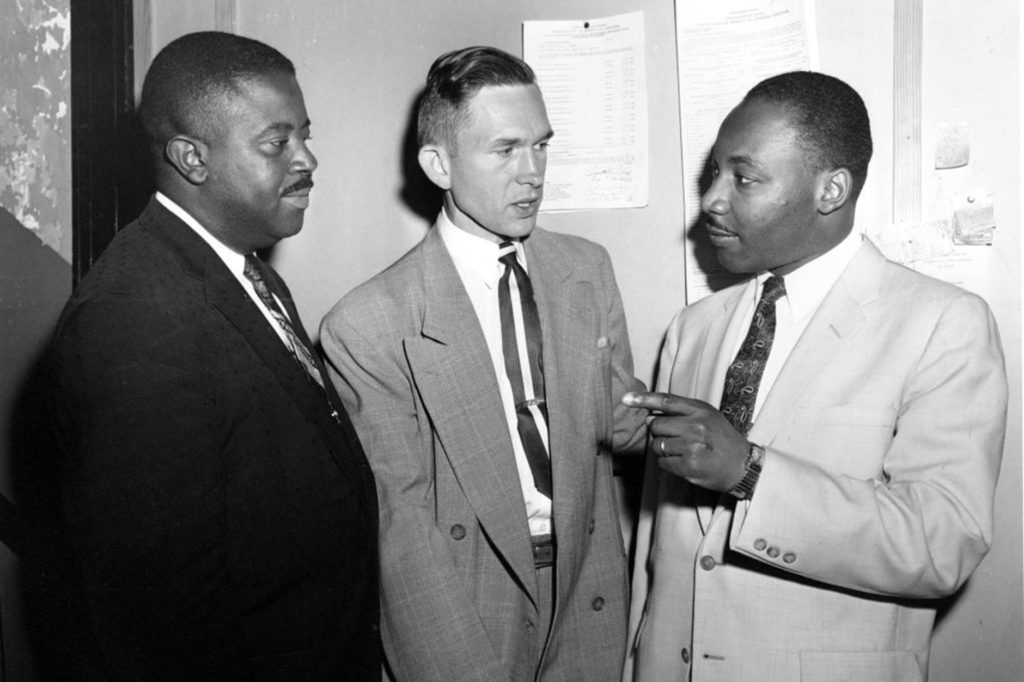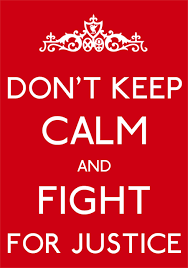
In many ways the report that came out today contained few surprises. Indeed, it was less radical in its criticisms, even to the point of appearing to provide the Church a much easier ride than they might have expected. Much of the material was a description of the church structures that have come into being over the decades and even centuries. The Church of England is extremely difficult to fathom so it was probably necessary to describe its workings in some detail for the reader. It is impossible, for example, to liken the Church to the army or a large public company. Lines of responsibility do not work in a way that would be understood elsewhere. It is all too easy in such complicated and sometimes unaccountable structures for offenders to be hidden away and, at the same time, for abuse victims to be ignored and disempowered. The reader of the report learned, if he/she did not know already, how much power and influence a bishop possesses within his or her diocese. This has made the task of oversight for safeguarding officials sometimes almost impossible. One of the main recommendations of the Report is that the role of Safeguarding Officer in each diocese should have independence from the Bishop. This would enable them to make decisions and choose to pursue cases of abuse in a professional way.
One issue which is close to my heart as a supporter of survivors, is the pursuit of justice for this group. Many things are destroyed by the experience of abuse, as we have seen in earlier blogs. Among the things that are often destroyed is a healthy relationship with the Church and a confidence in its officers. The report refers to several stories by survivors of conversations with Church senior people which were then ‘forgotten’. The rule that disclosures of abuse must be recorded in writing by the one hearing such allegations has been a requirement for the Church since 1999. When there has been this kind of neglect and a history of incompetent care for survivors, it becomes difficult to trust these same individuals as well as the institution they represent. They feel totally abandoned in many cases. The report sums up this dilemma when it inserts a passage from a third-party report. ‘The Church of England is yet to regain fully the trust of those who have been abused. It has been slow to find ways to engage effectively with victims and survivors or to learn from their experiences.’ For me, this failure to engage with and care for survivors is one of the most painful aspects of the whole safeguarding failure that has been witnessed over two or three decades. Whatever may be promised in the recent church initiatives for safeguarding, there is still a terrible legacy of a sense of betrayal alongside a feeling that the Church cannot be trusted.
This word mistrust is perhaps a good one to summarise this bitter legacy from the past. It has done so much damage to the Church itself and to the continued well-being of the survivor population. Even if the IICSA report helps to create a new realism about safeguarding matters right across the board, this legacy issue of mistrust is one to be confronted and dealt with. It is not just the survivors who are looking out for a successful conclusion to the injustices of the past, the wider public has also felt betrayed by the Church’s failures to be a safe home for children and the vulnerable. All realise how important it is to rebuild communication between the Church, those who have become its victims and those who look on.
This task of rebuilding trust with survivors and the watching public will be a very difficult one. The situation that exists at present can be described fairly simply. Institutional power wielded by bishops and others, aided by the services of expensive lawyers, communications experts and reputation managers has, for a long time, managed to keep victims and survivors largely invisible. The emergence of some of this reality through the IICSA hearings has revealed all the ‘dirty tricks’ that have been played against this group of survivor/victims. It has caused bitterness, frustration and a sense of continuing victimhood among many. Their situation was hidden from sight so that the Church was able to preserve intact its façade of decency and honesty. Now that the IICSA report has cracked that façade, we have to set out how the building could be shored up and made a suitable structure for the future, where all may be welcomed and all may perhaps find healing.
The task of mediation has become a professional discipline, with its own principles and philosophy. Individuals can be trained to be professional mediators. In years gone by I attended several courses run by the Bridge Builders organisation and I know they still do important work in this whole area of reconciliation. From the days I spent on the course some twenty years ago, I remember one particular principle. The task of the mediator is, first of all, to enable proper communication between two parties. In other words, each must listen to the other as a prerequisite of a possible reconciliation and restoration of trust. If Bridge Builders were to be given a role in rebuilding the broken sense of trust between survivors and the hierarchy of the church, they would set up a meeting which banned lawyers and advisors on both sides, and allow the victims/survivors to speak and be heard by the senior representatives of the organisation that is felt to have betrayed them. In return the survivors would listen in silence to the words which reveal what bishops and other leaders had been feeling over the years. Perhaps abuse issues were a triggering point in their own story. Even bishops may have had to face up to power/abuse episodes in their lives. Perhaps the institutional neglect of survivors had been exacerbated by personal experiences of the past. None of that would resolve things on its own but at least the meeting would be between human beings in encounter. This would be far from survivors and sufferers falling under an implacable institutional juggernaut.
Listening to and honouring survivors by the hierarchy would be the first step along a road towards the rebuilding of trust in the Church. To repeat, it is not just the breakdown of trust between survivors and bishops that has taken place in this abuse crisis, it is a break-down of trust between the general public and the church in general that has occurred. If the public witnesses something new taking place in the interaction between the leaders and the abused, then the same public will begin to understand the meaning of reconciliation. Surely this is a concept that is both Christian and relevant to society at large? If all Christians, especially leaders, can live out this reconciliation in the days, months and years ahead so that people can see it, surely this is a fantastic witness to the power of the good news to transform and make whole people’s lives and relationships. Out of the darkness of abuse and brokenness, something good can come if we allow it to.









